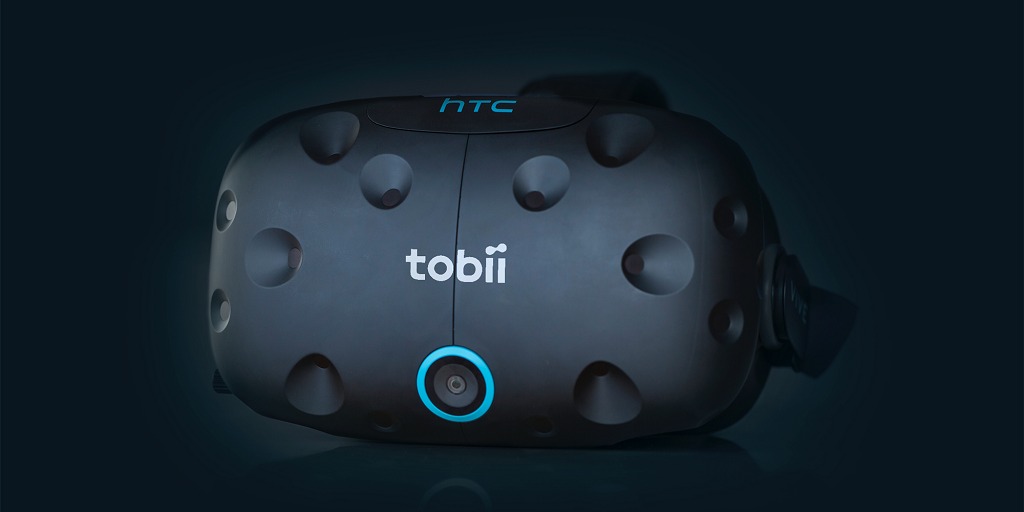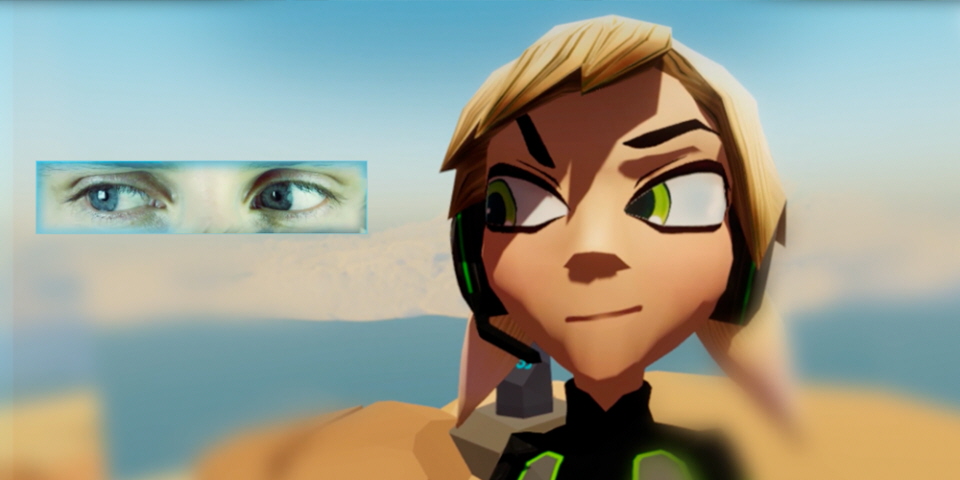Tobii Spotlight Foveated Rendering Technology Leverages Eye-Tracking to Reduce VR Graphics Load by 57%
The Tobii eye-tracking technology, which is used widely in security features such as Windows Hello, has just gotten some major software enhancements according to an announcement made early this week. The Tobii Spotlight will incorporate full support for foveated rendering which will feature even greater foveated-related benefits and capabilities for end users. These features are available as Tobii Spotlight Technology with considerable initial rendering performance advantages based on Tobii’s testing and benchmarking results which saw a 57% rendering load reduction and an average shading rate of 16%.

The technology will leverage its power to minimize the workload for virtual reality headsets and give end users an overall smoother experience. The technology will leverage eye-tracking for a dynamic foveated rendering (DFR) experience which will allow the VR headsets to laser-focus on the images that are at the center of the user’s focus instead of what is being relayed in their peripheral vision.
Foveated rendering refers to an emerging rendering technique that makes use of the user’s eye position to generate a very sharp focus point for the graphical processing unit (GPU) to focus its processing power and resources on while blurring off areas outside the focal point which will be rendered with lower detail levels.
Because foveated rendering relies on the position of the eye to create the sharp focal points, the eye’s position must be tracked for the foveated tracking feature to work. This eye-tracking functionality is particularly Tobii’s forte. To work, the software must have a designated “in focus” and “out of focus” sections and the rendering pipeline subsequently deferentially handles these areas.
Tobii partnered with Nvidia to realize the variable rate shading foveation in Tobii Spotlight and already, the company is seeing load reductions of 57% in the GPU rendering. This has brought down the average shading rate with the dynamic foveated rendering to 16% from 24%. The lowering of shading rate helps free up considerable GPU resources for other uses such enhancing the frame rates and conserving power. In the future, Tobii expects the load savings to be deployed in transferring and streaming data that has been dynamically-optimized for the current visual focus of the user, including in the low-latency 5G networks.

Tobii Spotlight Technology works only with graphics cards which support variable rate shading (VRS). At present, these represent any cards that are based on the Nvidia’s Turing architecture. The AMD cards do not at present support this although there is a patent in place suggesting that VRS support might be incorporated in the AMD cards in due time.
Tobbi technology is already being used in the enterprise-focused virtual reality headset HTC Vive Pro Eye headset which has an integrated eye-monitoring. The technology enjoys a dominance in the virtual reality headsets uses based on benchmarks from the utilization of a Vive Pro Eye headset linked to a PC running an RTX 2070 graphics card and playing the ShowdownVR game with FDR from Nvidia VRS and Tobii.
The technology aims to solve the ever-pressing demand for computational efficiency by working with various partners to leverage foveated rendering in devices.
Headsets with higher resolutions will deliver better dynamic rendering more than fixed rendering (which would require that every pixel of the high-res frame be filled with full details). Tobii expects that its dynamic foveated rendering technology will be able to keep the shading within manageable levels even in scenarios where the headset pixel count may reach or even exceed 15K. Current headset models have a pixel count ranging from 2K to 8K.
https://virtualrealitytimes.com/2019/08/03/tobii-spotlight-foveated-rendering-technology-leverages-eye-tracking-to-reduce-vr-graphics-load-by-57/https://virtualrealitytimes.com/wp-content/uploads/2019/03/Tobii-Eye-Traking-Eye-Tracking-has-become-standard-in-mixed-reality-devices-600x300.jpghttps://virtualrealitytimes.com/wp-content/uploads/2019/03/Tobii-Eye-Traking-Eye-Tracking-has-become-standard-in-mixed-reality-devices-150x90.jpgGraphic CardsHardwareTechnologyThe Tobii eye-tracking technology, which is used widely in security features such as Windows Hello, has just gotten some major software enhancements according to an announcement made early this week. The Tobii Spotlight will incorporate full support for foveated rendering which will feature even greater foveated-related benefits and capabilities...Sam OchanjiSam Ochanji[email protected]EditorVirtual Reality Times - Metaverse & VR
